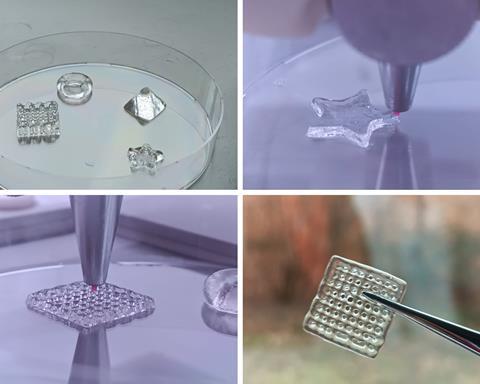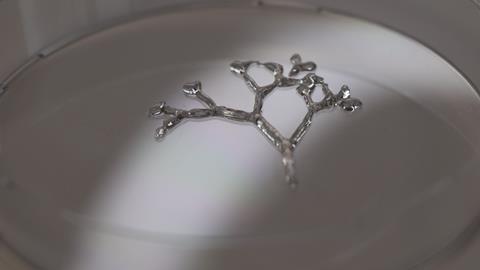An international project will use human biological material as ink for 3D bioprinting, according to a recent press release.
Bioprinting – creating structures from cells that better represent reality than a petri dish – is currently done using animal-derived materials such as collagen and gelatine. An animal-free alternative is to use synthetic polymers, but these lack the sophistication and ‘realness’ that biological cells bring. The international HU3DINKS project aims to use biological material derived from human placenta to print more realistic, non-animal biological structures.
The advantage of using human cells is that drug and cosmetic tests give a more realistic picture of how they react with human tissues. They are using 2-photon polymerisation (2PP), which allows them to print with sub-cellular resolution, which is beneficial for microcellular structures.
The HU3DINKS consortium consists of BIO INX (expertise in bioinks) and four Austrian partners, THT Biomaterials (expertise in human placenta-derived materials), UpNano (2PP expertise) and Morphomed (medical grade silk technology). The Ludwig Boltzmann Institute for Traumatology will provide biological validation of the new bio-inks.














Nog geen opmerkingen